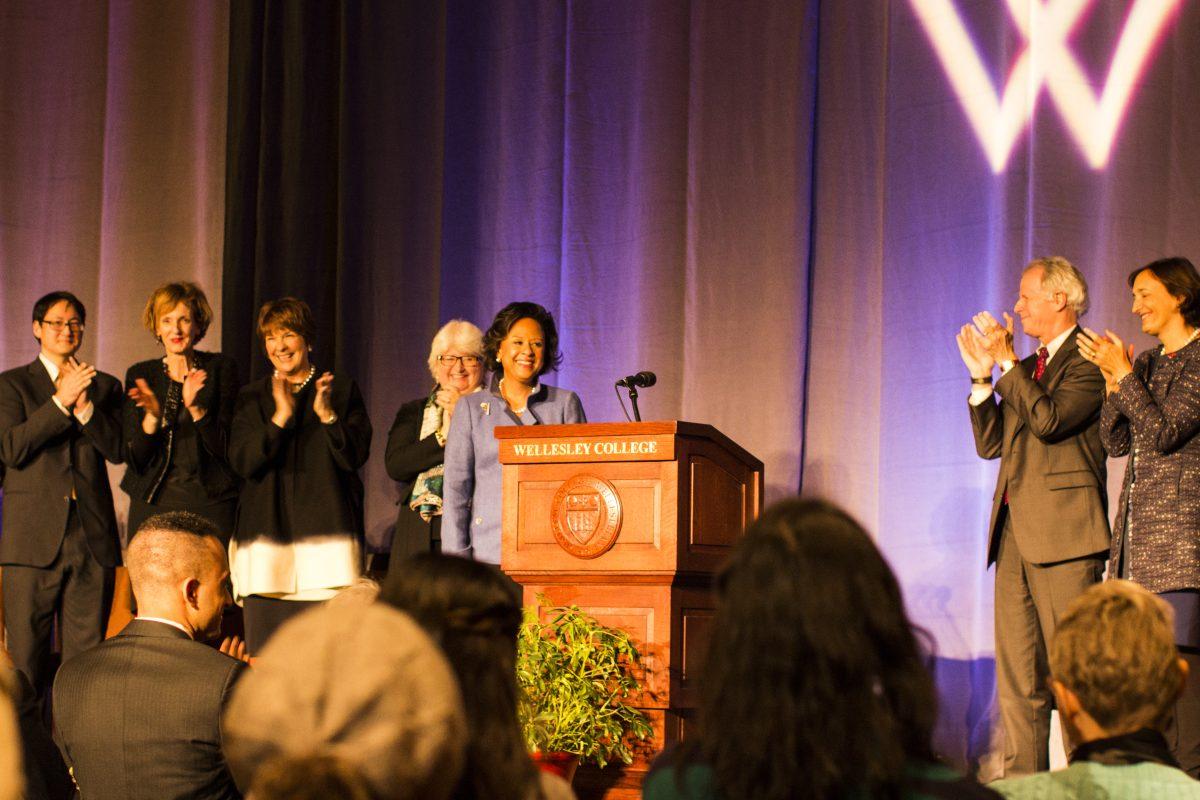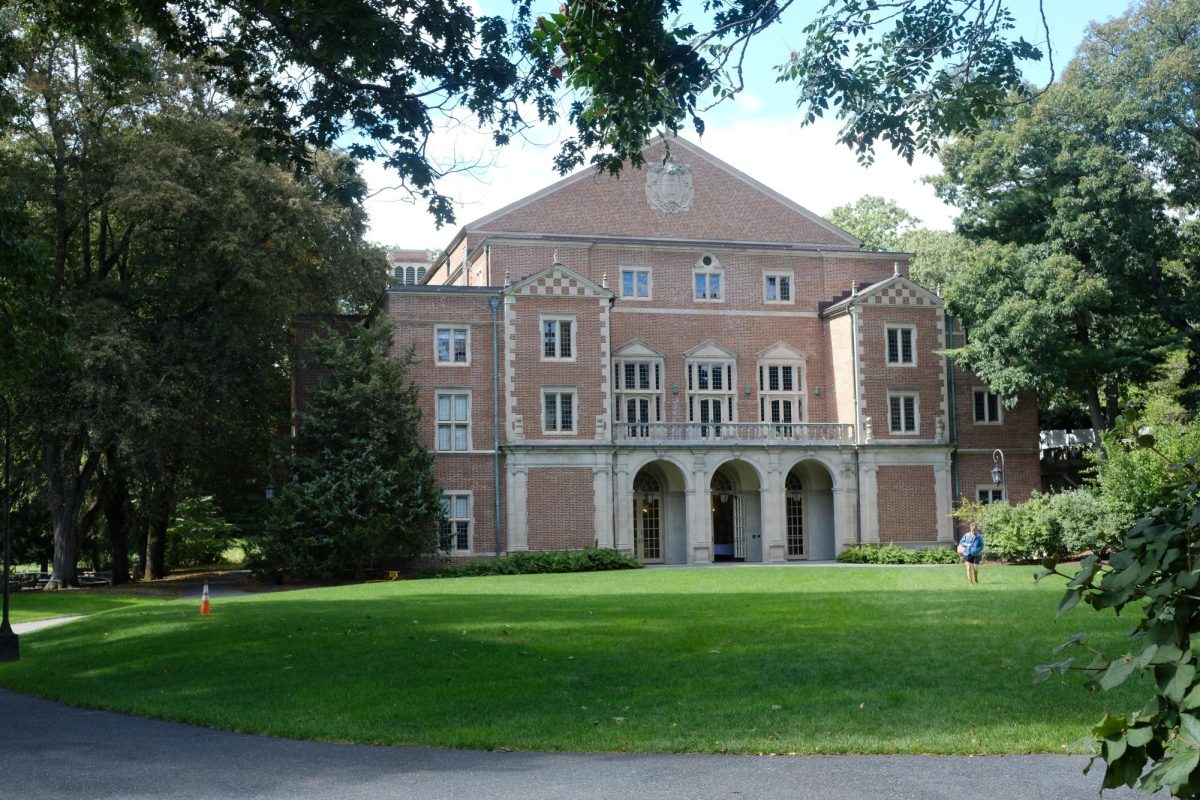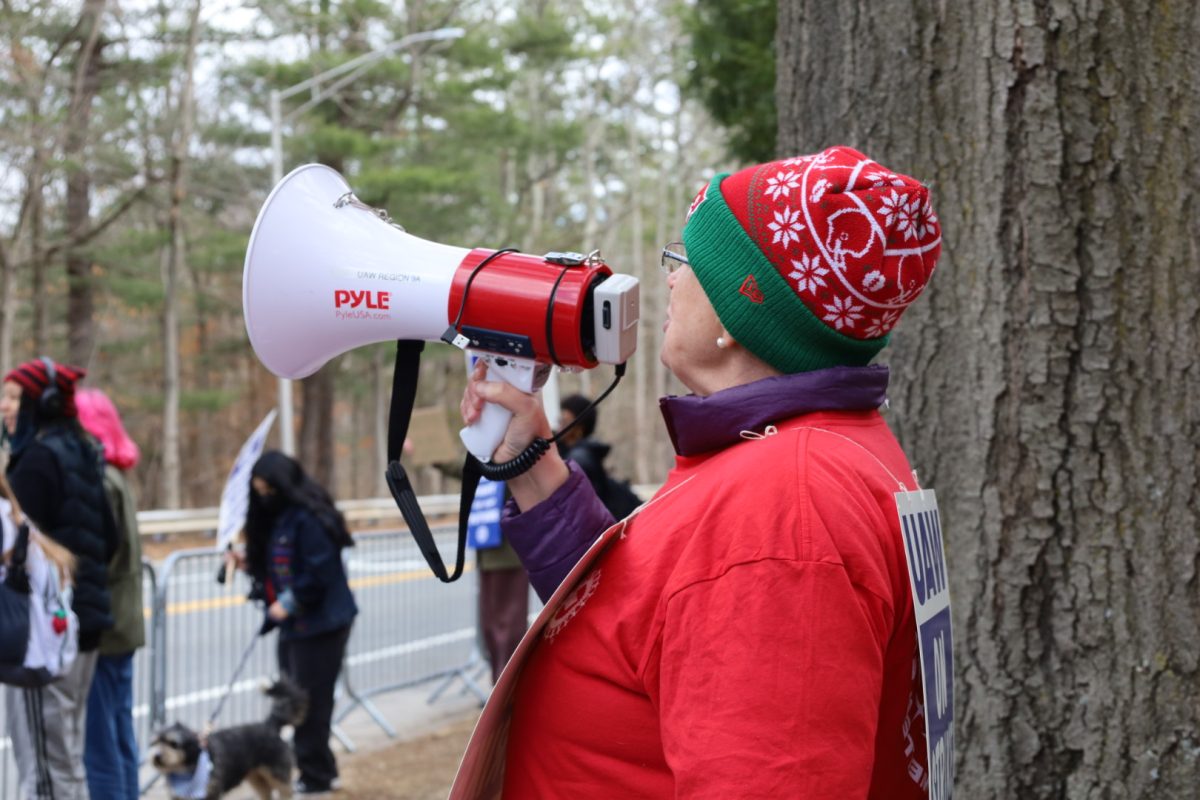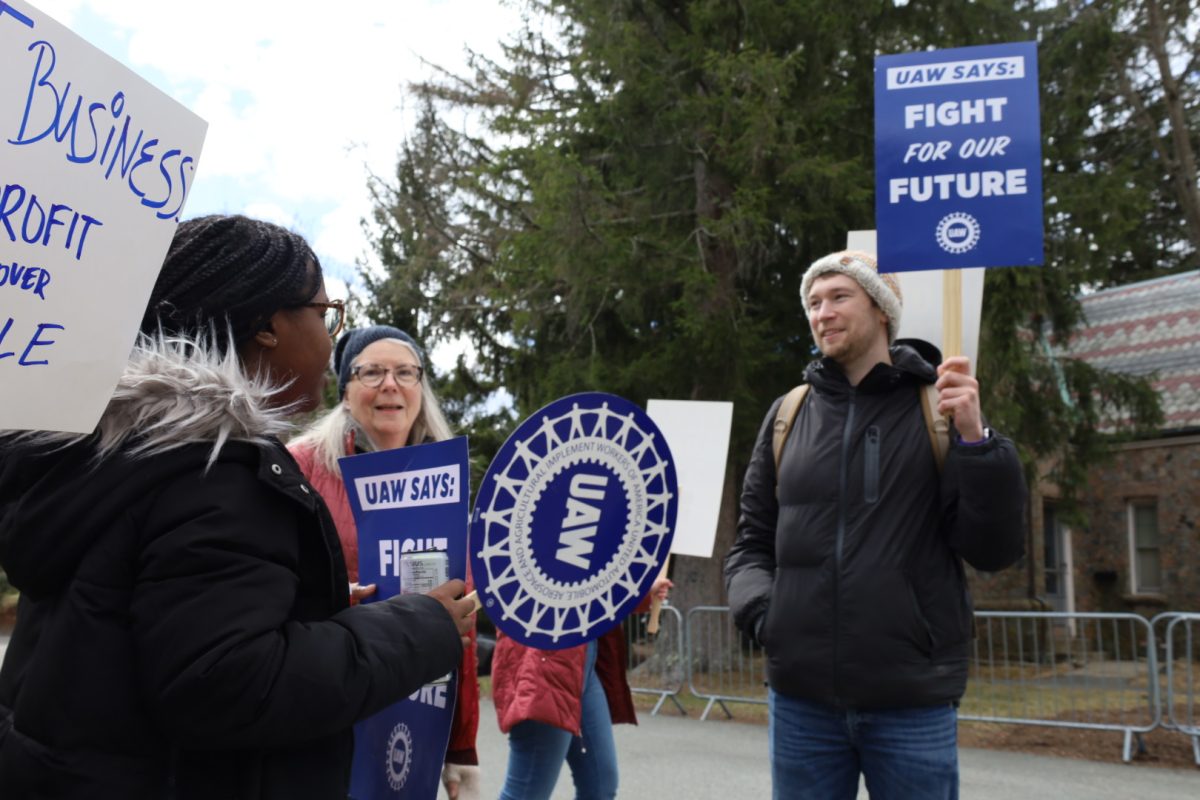ML: So what made you want to become the president of Wellesley College?
PJ: First of all, I just want to say it is such a tremendous honor and privilege to be the 14th President of Wellesley. I’ve really spent the majority of my career focused on women. Improving their health, developing them, focusing on their education. As we think about that natural next progression, my life’s path has really led me to Wellesley. It also is a moment in time when the opportunity for Wellesley could not be greater. Women’s leadership is being recognized as transformational to health, education, to the economies of families and countries. We also know that gaps remains. Women are experiencing inequity in a disproportionate way. So not only has my life path led me to Wellesley but in many ways the opportunities for women’s liberal arts college, educating and really preparing women who are going to make a difference. The convergence of those is what has made me passionate about leading Wellesley.
SJ: As you probably know, you are the first African-American president this college has ever had. Multiculturalism and intersectional feminism are very important on this campus. We were wondering how your experiences as a woman of color have impacted your life and how you can use those experiences and make Wellesley a better college.
PJ: Being a woman of color has impacted my life, when you are in the minority and you have to find your way. One, you understand the path through a different lens. You also understand that path, not only being a woman, but being a minority woman. And what that has brought that is joyous but what additional work you’ve had to do. Whether it be finding mentors or not seeing leaders that look like you and what does that mean for your path and your future. I think really thinking about my own experience and using it to bring to Wellesley a way of thinking and approaching some of these issues. I think those life lessons will be important in my leadership here.
ML: So you yourself went to Harvard Radcliffe, what was it like going to a place with such a strong emphasis on women?
PJ: What Radcliffe provided was an important place for convening for women and women of all types. And it was also an important place for mentoring and in many ways finding an important place for women on a larger campus.
SJ: You come from a primarily science-based background. What made you want to transition to becoming the president of a college – a liberal arts college at that?
PJ: I’m based at Brigham and Women’s and I’ve been there my entire career but I’m also at Harvard Medical School and the Harvard School of Public Health. So you know our work in academic medicine you may be based at a hospital but you’re deeply rooted in the Academy, so research, but you’re just located in a clinical setting. So for me there is a deep appreciation for the academic strength, the commitment to the liberal arts, both the sciences and humanities at Wellesley. When I think my own field, which is women’s health, which is a relatively new field, it is deeply rooted in the liberal arts. It’s really a rethinking of human biology through that lens of sex, who are we biologically, but then how does that intersect with gender. How does that intersect with the social and environmental aspects. So the sociology, the psychology, the economics of what creates or does not create health in a woman. How do we understand that in the global perspective? So the way that we frame the discipline is so deeply rooted in the liberal arts. What so excited me about making this transition is moving from a phenomenal institution where we built this center and this vision to a college, where we have the ability to nurture you. To nurture students in a way that says what’s the next field that will be developed? What are the next problems to be solved? And I think you will do that.
SJ: What goals do you wish to accomplish?
PJ: Listening. First thing when I come in July, I’ll be listening. Listening and learning from the students, learning about their experiences, learning about their hopes and dreams, listening about what is going really well but also listening about what needs to be worked on. Also from the faculty, who are so deeply rooted at Wellesley and deeply embody the mission. I look forward to learning from them. Learning is key when we think about the goals. But some of the opportunities when we think about walking into the door, some of the gaps, as I mentioned before. You know, our world is increasingly complex. How do we take Wellesley and all it brings to outside of its campus? Deeply of course, committed to residential life, but how do we take Wellesley into the world? How do we connect with other women and influence women’s education worldwide? I think that to me it’s a tremendous opportunity. We talked about diversity and inclusion and equity; there is a deep commitment to diversity on the Wellesley campus; the students are incredibly diverse, and maybe even expanding on that diversity. How do we also ensure that our faculty reflect the diversity in our students? So working with the faculty to better strengthen our pipeline of a brilliant and diverse faculty, is another opportunity. And lastly, I do want to say something about student health. We know that young women experience disease differently; that’s the work I’ve done. We know that students, before they hit the Wellesley campus, are experiencing high rates of disorders like anxiety and depression: that’s true across the United States. We know that young women are more susceptible to those disorders; but I would like to put a real focus on student health, both the physical and mental, how might we expand our focus, deepen our focus, and innovate in that area is also a significant goal for us.






